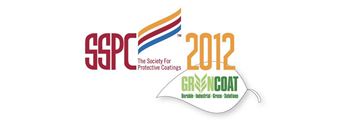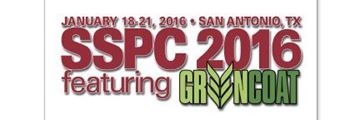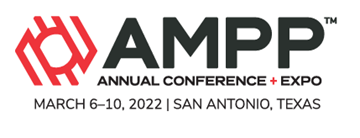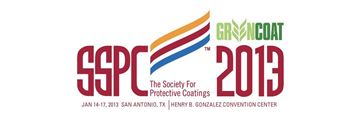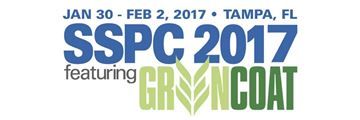Search
Products tagged with 'painting'
View as
Sort by
Display
per page
NACE Emergency Guideline 1-HD1995-SG Maintenance Painting of Electrical Substation Apparatus Including Flow Coating of Transformer Radiators
Product Number:
21391-HD1995
Publication Date:
1995
$179.00
National Shipbuilding Research Program Surface Preparation and Coatings Panel 2013 Update
Product Number:
41213-736-SG
Publication Date:
2013
$20.00
Putting the Pieces Together: Integrating Steel Repairs with Bridge Painting Projects
Product Number:
51219-199-SG
Publication Date:
2019
$20.00
Repainting Bridges During Rehabilitation Projects: Sequencing Options
Product Number:
41206-241-SG
Publication Date:
2006
$20.00
Shop Coat vs. Field Coat: The Pros and Cons
Product Number:
41216-951-SG
Publication Date:
2016
$20.00
Shop Painting Vs Field Painting Of Steel Bridges The Pros And Cons
Product Number:
51322-17479-SG
Publication Date:
2022
$20.00
Streamlining the Specification Development Process for Bridge Painting
Product Number:
41205-210-SG
Publication Date:
2005
$20.00
Successful Bridge Painting in the Northeast during the Winter Months, Pros and Cons from Owner and Contractor
Product Number:
41213-805-SG
Publication Date:
2013
$20.00
UP Periscope: Hunting for the Scope of Work
Product Number:
51217-044-SG
Publication Date:
2017
$20.00



